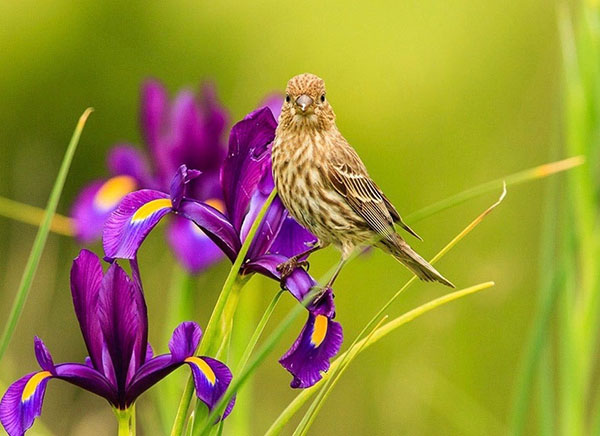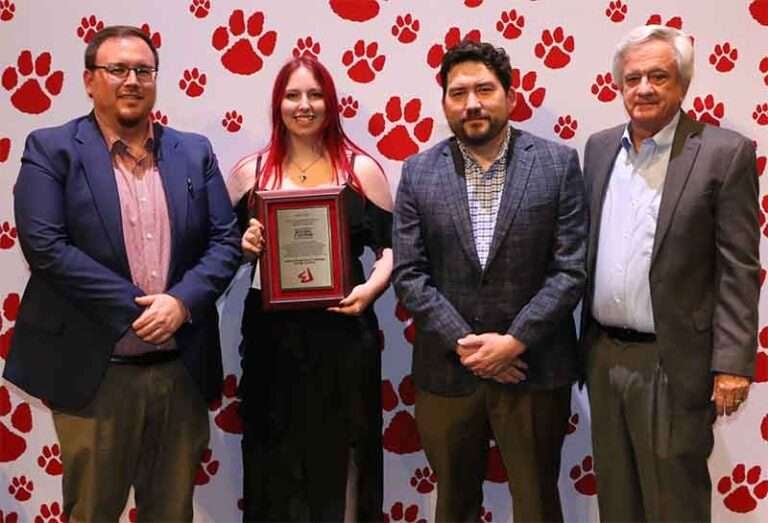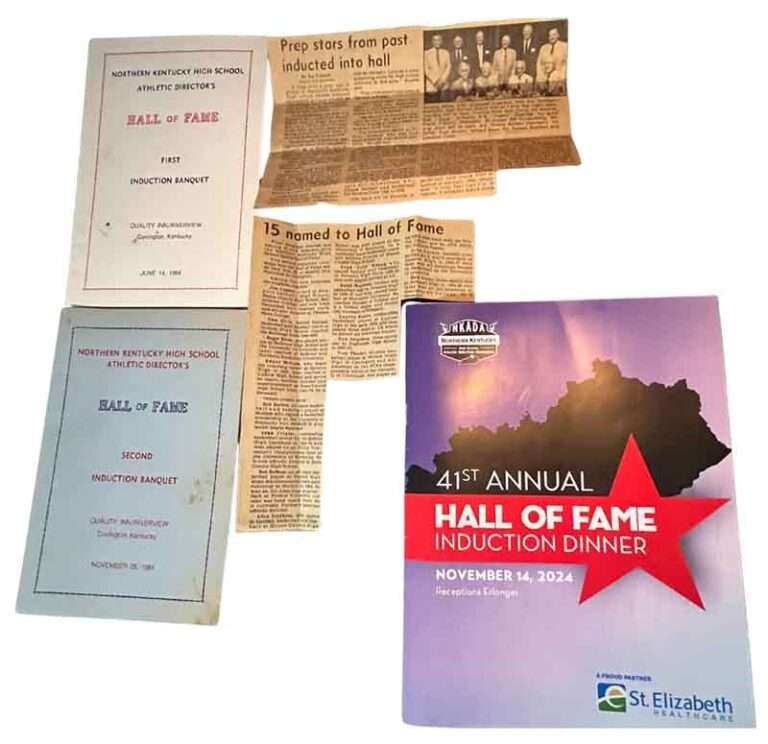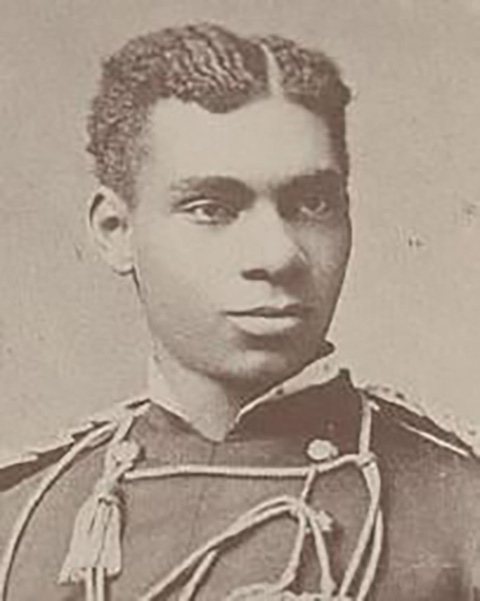If you live in central Kentucky and feed songbirds during the winter months, there’s a good chance you have seen a House Finch (Carpodacus mexicanus).
The House Finch shares the distinction with a small number of other songbirds of being a recent addition to the breeding avifauna of Kentucky.
In The Kentucky Breeding Bird Atlas, author Brainard Palmer-Ball Jr. wrote “Although the species is native to western North America, it was absent from the eastern United States until 1942, when a number of birds were released in the New York City area.”

The species became established and expanded rapidly to the south and west. “During the late 1970s the first birds appeared in eastern Kentucky, and by 1981 the first breeding had been documented,” wrote Palmer-Ball Jr.
Today, the species is found statewide, but most abundant in the Bluegrass Region, from the Lexington area northward to the Ohio River. The House Finch is present year-round in all states east of the Mississippi River.
A member of the finch family Fringillidae, this moderate-sized finch is 5 to 6 inches long, with a wingspan of 8 to 10 inches. Its weight can vary from 9⁄16 to 15⁄16 ounces, averaging about 3⁄4 pounds.
Both male and female adults have a long, square-tipped brown tail and are a brown or dull-brown color across their backs with some shading into deep gray on the wing feathers. Breast, belly and flank feathers are typically streaked.
The adult male has distinctive rose coloring on its head, neck and shoulders.
Their diet is mostly vegetable matter, the seeds of nettle and dandelion, buds, and berries. In the spring buds and flower parts are consumed, and in late summer and fall, berries and small fruits. They also eat a few insects, mostly small ones such as aphids.
The House Finch forages on the ground, while perching on weeds, or up in trees and shrubs. During the fall and winter they will come to feeders for seeds, especially black sunflower seeds or nyjer thistle.
Courtship and Nesting
Pairs begin to form in winter flocks, and some paired birds may remain together all year.
During courtship, the male will touch bills with the female or perform a flight-song display, singing while fluttering up with slow wingbeats and then gliding down. Females are typically attracted to the males with the deepest pigment of red on their heads.

He may present the female with choice bits of food, and if she mimics the behavior of a hungry chick, he may actually feed her. The male also feeds the female during breeding and incubation of the eggs, and raising of the young.
Their nests are often made in cavities, including openings in buildings, hanging plants, and other cup-shaped outdoor decorations. It is constructed of grass, weeds, fine twigs, leaves, rootlets, sometimes with feathers, string, or other debris added.
Nests abandoned by other birds are sometimes used. Nests may be re-used for subsequent broods or in following years.
The nest is built by the female, sometimes in as little as two days. It is usually 5 to 8 feet above the ground, or higher.
The female lays clutches of eggs from February through August, two or more broods per year, with 2 to 6 eggs per brood.
The egg laying usually takes place in the morning, at the rate of one egg per day. The eggs are a pale bluish green with few black spots and a smooth, somewhat glossy surface.

The female incubates the eggs for 12 to 14 days. Shortly after hatching, she removes the empty eggshells from the nest.
The hatchlings are pink with closed eyes and tufts of fluffy down. The female feeds the young, and sometimes the male helps. Young are fed regurgitated seeds, and are silent for the first seven or eight days, then subsequently start peeping during feedings. The young often climb into adjacent plants, and usually fledge at about 11 to 19 days after hatching.
The adult male House Finch is easily recognizable due to its red, rosy-colored head, but the female so closely resembles a sparrow in size and color, that it often seems to disappear in the scramble for seeds at the feeder.
The House Finch is a species that wasn’t breeding here until 43 years ago, and is now somewhat common in our part of the state. That says a lot about the regenerative power of nature.


















